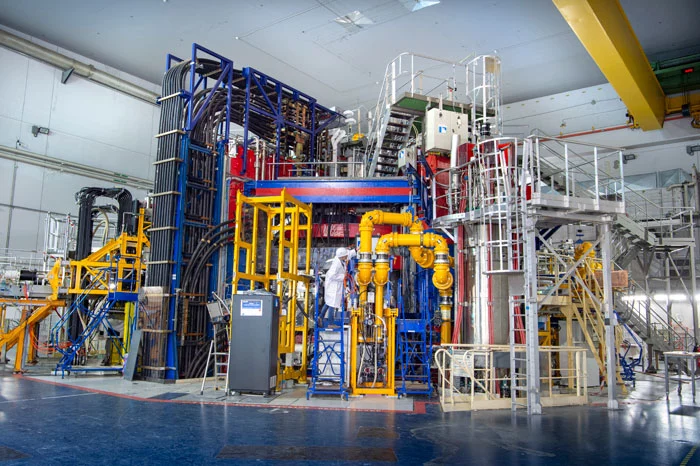France has upped the ante in the quest for fusion power by maintaining a plasma reaction for over 22 minutes – a new record. The milestone was reached on February 12 at the Commissariat à l'énergie atomique et aux énergies alternatives (CEA) WEST Tokamak reactor.
Achieving the dream of commercial fusion power is the Holy Grail of engineering and has been for 80 years. With a single gram of hydrogen isotopes yielding the energy equivalent of 11 tonnes of coal, a practical fusion reactor would hold the promise of unlimited, clean energy for humanity until the end of time.
Small wonder that billions have been invested by both government and industry in the quest to make fusion power a reality. However, while fusion is relatively easy to achieve in the heart of the sun or in a hydrogen bomb, creating a practical reactor that produces more energy than is put into it is another matter entirely.
The tricky bit isn't to get atoms to fuse. That's a fairly simple lab bench experiment. The problem is creating the right conditions where the fusion reaction is self-sustaining, with a net energy output. That means reaching temperatures of between 100 – 150 million °C (180 – 270 million °F, or 3-5 times hotter than the Sun's core), a pressure of five to 10 atmospheres at the point of reaction, and keeping a high-energy plasma stable for at least 10 seconds.
The CEA seems to have done considerably better than 10 seconds and gone 25% beyond what China achieved in January 2025 with 1,066 seconds. In the latest test, the WEST Tokamak held its reaction for 1,337 seconds.
The purpose of the test wasn't just to keep the plasma reaction going like a stage performer spinning plates. It was also to keep the reaction stable without the components in the reactor facing the plasma becoming eroded or polluted, or malfunctioning.

According to CEA, the next step will be to create even longer reactions that could amount to a combined time of several hours, with the temperature growing increasingly hotter. Though WEST will never become a true commercial reactor, the information gathered there will be used to improve more ambitious machines, like the giant International Thermonuclear Experimental Reactor (ITER) being built in the south of France.
"WEST has achieved a new key technological milestone by maintaining hydrogen plasma for more than twenty minutes through the injection of 2 MW of heating power," said Anne-Isabelle Etienvre, Director of Fundamental Research at the CEA. "Experiments will continue with increased power. This excellent result allows both WEST and the French community to lead the way for the future use of ITER."
Source: CEA






